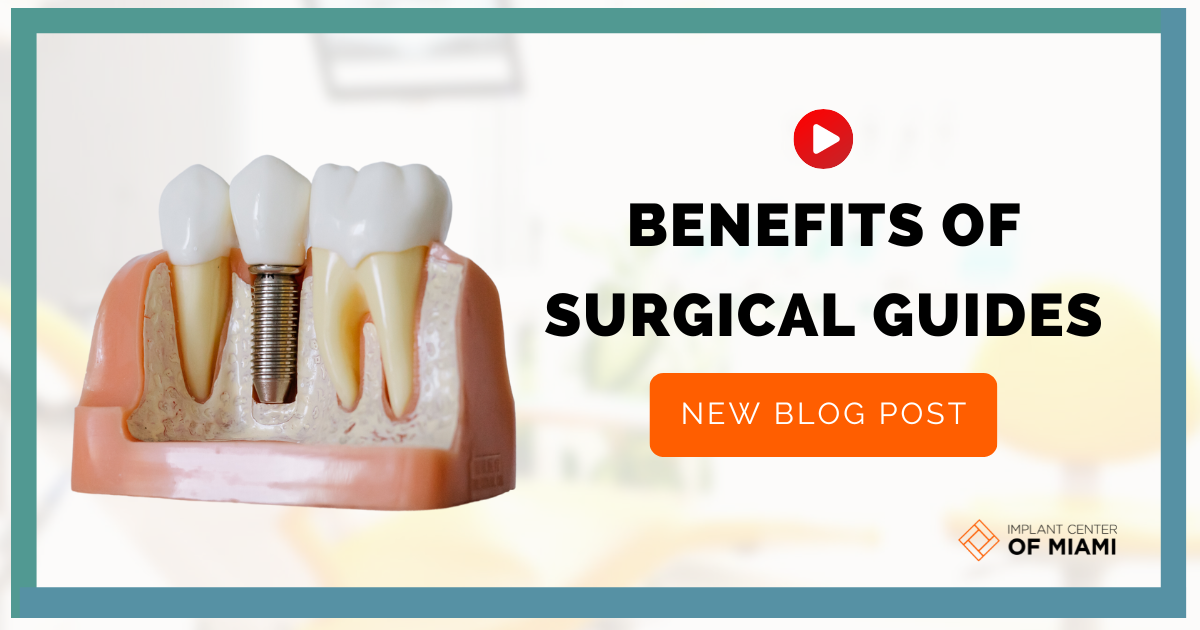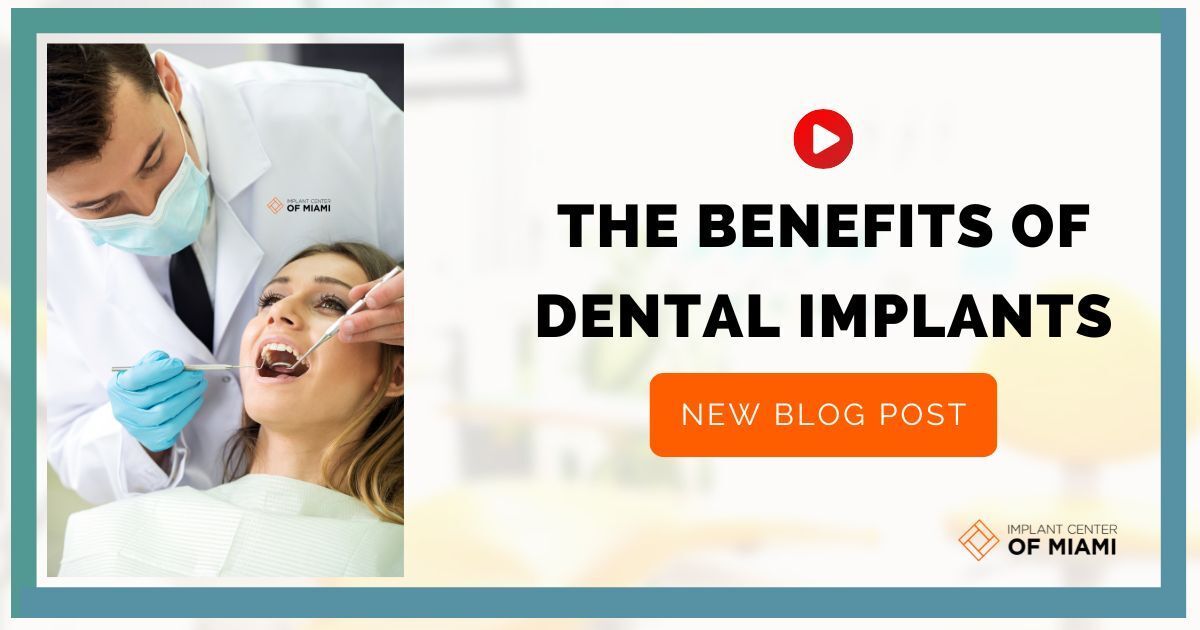Unearthing the Cause of Cavities: Comprehensive Dental Care Solutions in Miami
The intriguing world of dental health often calls to mind scenic images of sparkling teeth, akin to the shimmering skyline of Miami, but lurking beneath the surface may lie an unwelcome, hidden reality - cavities. Just as Miami vibrates with an eclectic mashup of architectural structures, cavities too, bear distinct features that range from compact, simple degradations to complex, cavernous formations. This unavoidable comparison between cavities and Miami helps us understand cavities from a unique perspective, evocatively driving home the point about their silent yet impactful presence in our daily dental health.
Request an Appointment
Introduction: Miami's Archtectural Resemblance to Dental Cavities.
Miami's architectural aesthetic interestingly mirrors dental cavities. With buildings sporting round, hollow cavities akin to tooth decay, the city suggests oral health's influence on architecture. The uniquely worn, porous look, paints Miami's urban landscape as an eccentric mouth displaying years of experience.
Miami's Skyscrapers: A Comparative Study with Tooth Decay.
Comparing Miami's skyscrapers and tooth decay shows a notable analogy. Skyscrapers, like teeth, are functional and aesthetic elements. Unchecked, decay can lead to loss, like the eroding effects of time and nature on buildings. Both require regular maintenance to preserve their health and longevity.
Urban Decay and Dental Decay: Parallels between Cavities and Miami's Building Erosion.
Urban Decay, much like Dental Decay, exemplifies deterioration over time. Cavities result from neglect of dental hygiene while Miami’s building erosion represents social neglect. Like untreated cavities compromising oral health, unchecked erosion can destabilize Miami's structures.
The Transformation of Miami: From Pristine Landscapes to Cavity-Like Structures.
Once a pristine paradise with serene beaches and verdant wetlands, Miami has transformed into an urban maze of cavity-like structures. Sky-high buildings and roads have taken over, drastically altering a once natural panorama, evidence of Miami's rapid urban sprawl.
Weather Patterns: How Miami Weather Contributes to Corrosion Resembling Dental Cavities.
Miami's humid and salty air accelerates metal corrosion, often likened to dental cavities. The high humidity allows for constant moisture levels, causing iron to oxidize quickly. The presence of salt increases this process, resulting in greater corrosion.
The Aesthetics of Dental Cavities and Miami’s Urban Landscape.
Just like Miami's urban landscape with its dynamic, colorful, and contrasting architecture, dental cavities also bear an unexpected aesthetic. If viewed under a microscopic lens, one can appreciate Mother Nature's intricate, albeit destructive, carving into the enamel, like art on Miami's streets.
The Night Views: Comparing Miami's Lighting to Discoloration Caused by Cavities.
Miami's vibrant night lights, acting as city's cavities, illuminate its architectural beauty, much like the discoloration caused by dental cavities reveals dental health issues. Both have stunningly stark contrast with the surrounding darkness, making them hard to ignore.
Points of Decay: Comparing Focal Points of Decay in Cavities and Miami Architecture.
Although seemingly disparate, cavities and Miami architecture can both exhibit focal points of decay. Dental cavities showcase areas of decay primarily at points where food particles accumulate often. Likewise, Miami’s seaside architecture faces decay mostly due to saltwater erosion, often most noticeable on concrete surfaces close to the sea. Thus, focal points of decay reflect the environment's direct impact in both scenarios.
Structural Changes in Miami Over Time: A Metaphor for Tooth Erosion.
Miami's transformation over the years parallels tooth erosion. As Miami's landscape shifted due to societal forces and nature, so does a tooth’s structure change gradually from decay and use. Both demonstrate the theme: nothing remains untouched by time.
Intricacies of Tooth Decay vs. Intricacies of Miami Urban Design.
Tooth decay intricacies involve a detailed understanding of bacterial actions on food residues leading to acid production and enamel erosion. The Miami urban design intricacies, contrastingly, require comprehension of architectural elements, climate response, city layout, and cultural influence, to create compatible, functional, and aesthetically pleasing urban spaces.
Dental Health Prevention Mimic: Lessons Miami can Learn from Cavity Prevention.
Miami can learn valuable lessons from successful cavity prevention tactics. Implementing preventive measures such as regular cleanings, fluoride treatments, and dental health education can significantly reduce oral health issues. Raising public awareness about the importance of regular dental checkups and maintaining good oral hygiene can play a crucial role in promoting dental health in Miami.
Aging and Decay: Time's Effect on Teeth and Miami's Infrastructure.
Aging and decay impact both human teeth and Miami's infrastructure. Over time, teeth can degrade due to enamel erosion and cavities, mirroring Miami's crumbling roads and bridges. These parallels illustrate the inevitable toll that time takes on all structures.
Miami's Resiliency Against Decay: Parallels with Dental Health.
Miami's resilience against decay mirrors dental health care; both are structured self-care regimes. Just like constant brushing and flossing help prevent dental decay, Miami combats urban decay with its strong city planning methods, continuous maintenance, and innovative adaptations.
The Colorful Cavities of Miami: An Eccentric Comparison with Tooth Decay.
The vibrant streets of Miami, like a mouthful of colorful cavities, offer an eccentric blend of culture & charm. Equating them to tooth decay illustrates how the city's unique elements—once seen as flaws—add character, similar to how cavities tell a tale of life lived.
Miami Beach Erosion: A Grand-scale Model of Dental Cavities.
Miami Beach erosion mirrors dental cavities on a grand-scale. Much like teeth enamel gradually worn away by acid, the beachfront undergoes steady erosion due to uncontrolled human activities and sea-level rise. Both scenarios require preventive measures to curb long-term effects.
Pollution Effects: Drawing Parallels Between Tooth Decay and Environmental Damage in Miami.
Just like tooth decay, slow and unnoticed, environmental damage in Miami due to pollution is progressively intensifying. Both reflect consequences of neglecting care; decay erodes dental health, while pollution compromises Miami's eco-health.
Treatment Options: Cavity Fillings and Miami's Architectural Remedies.
Cavity fillings and Miami's architectural remedies parallel in their restoration essence. Just as dental experts fill cavities to restore tooth health, Miami's architects employ innovative solutions to preserve the city's vintage architecture. Both processes aids in restoring the original structure while preventing further decay.
Prioritizing Health: The Lessons Miami's Buildings Learn from Oral Hygiene Campaigns
Miami's buildings have taken cues from oral hygiene campaigns by prioritizing health in designs. Like oral care, which emphasizes prevention over treatment, buildings are constructed with healthier materials and improved ventilation systems to avert illnesses, endorsing the philosophy of prevention being better than cure in the context of public health.
Cavity Agents: The Role of Sugar in Dental Decay and Miami's Sweetened Urbanization.
Cavity agents, like sugar, play a significant role in dental decay. Consuming excessive sugar enhances bacteria in our mouth, facilitating tooth enamel damage. Miami's urbanization notably coincides with increased sugar-intake, due to accessibility of sugary foods and beverages, amplifying dental health concerns in the metropolitan area.
Conclusion: Transcending Traditional Concepts - The Unexpected Similarities between Miami’s Urbanisation and Cavity Formation.
In conclusion, Miami's urbanisation and cavity formation display remarkable parallels, transcending traditional concepts. Both processes involve continual growth and transformation, with new structures replacing old ones. The unexpected affinity reflects the essence of change inherent in both nature and human life, reshaping our understanding of urban development and biological processes.
Finale Reflection: A Unique Perspective - Creating Bridges between Miami's Urban Sprawl and the Realm of Dental Cavities.
In an unlikely pairing, Miami's urban sprawl and dental cavities highlight a shared issue: unchecked growth. Like the city's unplanned expansion leading to a disconnected community, untreated cavities can escalate to severe dental problems. Solutions lie in proactive measures, such as strategic urban planning and regular dental check-ups, essentially creating bridges between issues and prevention.
Frequently Asked Questions
Dental Financing Options
Checking your options will not impact your credit score!
Apply Online in 30 Seconds
Fund Your Account
Start Your Treatment
Read Our Blog


Office Locations
Contact Us
For more information or to schedule an appointment, call us at 786-713-9290 or complete the form.
What Happens After I Send My Message?
Implant Center of Miami: Website Message
Locations Information
Our Services
Quick Links
Office Hours
- Mon - Fri
- -
- Sat - Sun
- Closed



